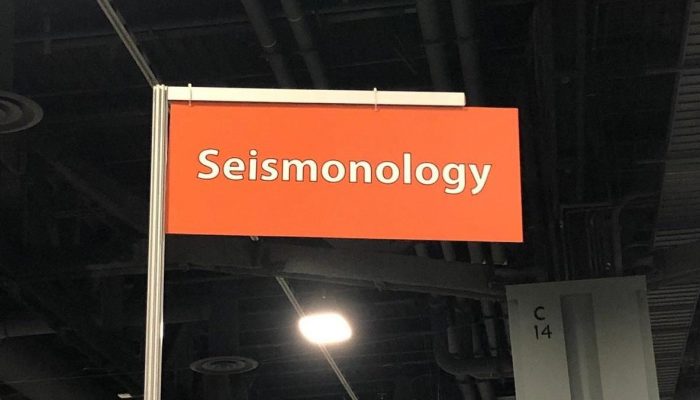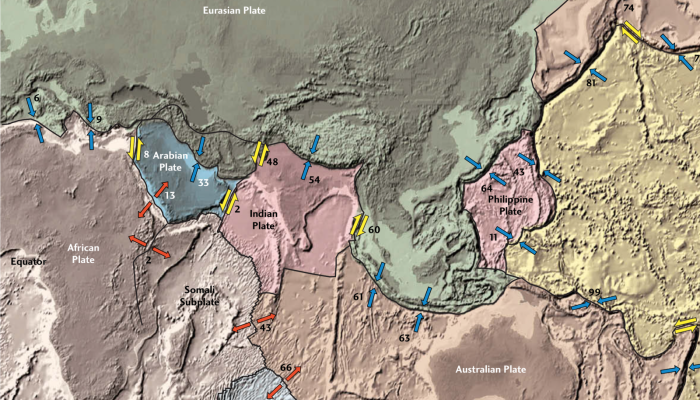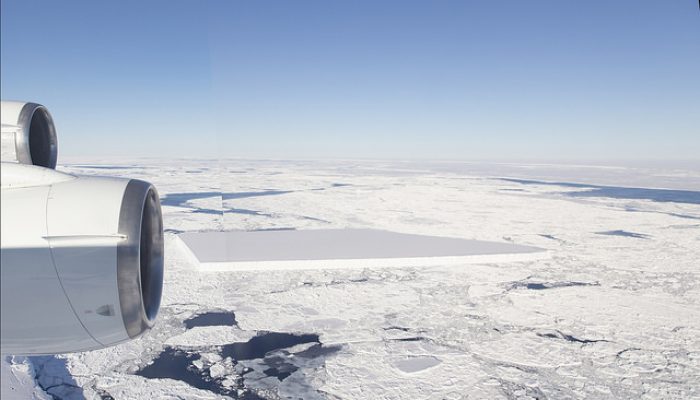The AGU Fall Meeting: that other large geosciences meeting in the world. As every year, thousands of people burned their yearly share of carbon flying across the globe. Just like last year, the meeting was held on the East coast – but instead of balmy New Orleans, we found ourselves in somewhat chilly Washington DC. For those coming from Europe, this meant slightly less travel (as well as a slight ...[Read More]
Geodynamics
Tomography and plate tectonics
The Geodynamics 101 series serves to showcase the diversity of research topics and methods in the geodynamics community in an understandable manner. We welcome all researchers – PhD students to Professors – to introduce their area of expertise in a lighthearted, entertaining manner and touch upon some of the outstanding questions and problems related to their fields. For our first ‘Geodynami ...[Read More]
Tectonics and Structural Geology
Meeting Plate Tectonics – Walter Roest
These blogposts present interviews with outstanding scientists that bloomed and shape the theory that revolutionised Earth Sciences — Plate Tectonics. Get to know them, learn from their experience, discover the pieces of advice they share and find out where the newest challenges lie! Meeting Walter Roest Walter Roest was born in Dordrecht, The Netherlands. He has had an impressive international c ...[Read More]
Natural Hazards
Landslide forecasting and warning service in Norway
Today our blog will host Graziella Devoli who will tell us about the Landslide Forecasting and Warning Service currently operating in Norway by the Norwegian Water Resources and Energy Directorate (NVE). Graziella is Senior Geologist at NVE and she has PhD in Environmental Geology and Geohazards obtained at the University of Oslo (UiO) where she also teaches in the Geohazards master program. At NV ...[Read More]
Cryospheric Sciences
Image of the Week – What’s Hot in the Cryosphere? A 2018 review
Every year, humanity understands more and more about a remote and unforgiving component of the Earth system – the cryosphere. 2018 has been no exception, and in this blog post we’ll take a look at some of the biggest scientific findings of cryospheric science in 2018. We will then look forward to 2019 and beyond, to see what the future holds for these rapidly changing climate component ...[Read More]
Geodynamics
A belated happy new year!
It was that time of the year again: holidays! Time to take a break from work, relax, and see all your friends and family again. The blog team is no different: we took a break from blogging for a little while as well, so you had to survive the holidays without us! Did you survive Christmas day without one of our blogposts? It must’ve been dreadful, I know, but that’s life! Luckily, we h ...[Read More]
Solar-Terrestrial Sciences
Web-based Tools for Forecasting Solar Particle Events and Flares
The presence of Solar Energetic Particles (SEPs) poses a serious health risk to humans in space, can result in increased radiation doses for high-latitude aircraft flights and constitutes a serious hazard for the micro-electronics and other hardware elements of satellites, aircraft and launchers. These groups of end users need reliable forecasts of possible enhancements in the radiation flux level ...[Read More]
Stratigraphy, Sedimentology and Palaeontology
Strati 2019
The abstract submission to the third edition of the International Congress on Stratigraphy (STRATI) is now open. The congress will be held in Milano (Italy) from the 2nd to the 5th of July 2019. STRATI 2019 follows the first edition held in Lisbon (Portugal) in 2013 and the second edition organized in Graz (Austria) in 2015. Several scientific sessions have been proposed covering a wide range of s ...[Read More]
Stratigraphy, Sedimentology and Palaeontology
The Plastocene – Plastic in the sedimentary record
The University of Hull was privileged to host the annual British Science Festival in 2018. One of the key events was the Huxley Debate, which brings together world-leading experts to discuss a pressing issue facing society. The theme in Hull was “what do we do about ocean plastics?”. As part of the discussion, Professor Dan Parsons, Director of the Energy and Environment Institute, suggested that ...[Read More]
Tectonics and Structural Geology
Meeting Plate Tectonics – Richard Gordon
These blogposts present interviews with outstanding scientists that bloomed and shape the theory that revolutionised Earth Sciences — Plate Tectonics. Get to know them, learn from their experience, discover the pieces of advice they share and find out where the newest challenges lie! Meeting Richard Gordon Prof. Richard Gordon is currently Professor at Rice University (William Marsh Rice Universit ...[Read More]







